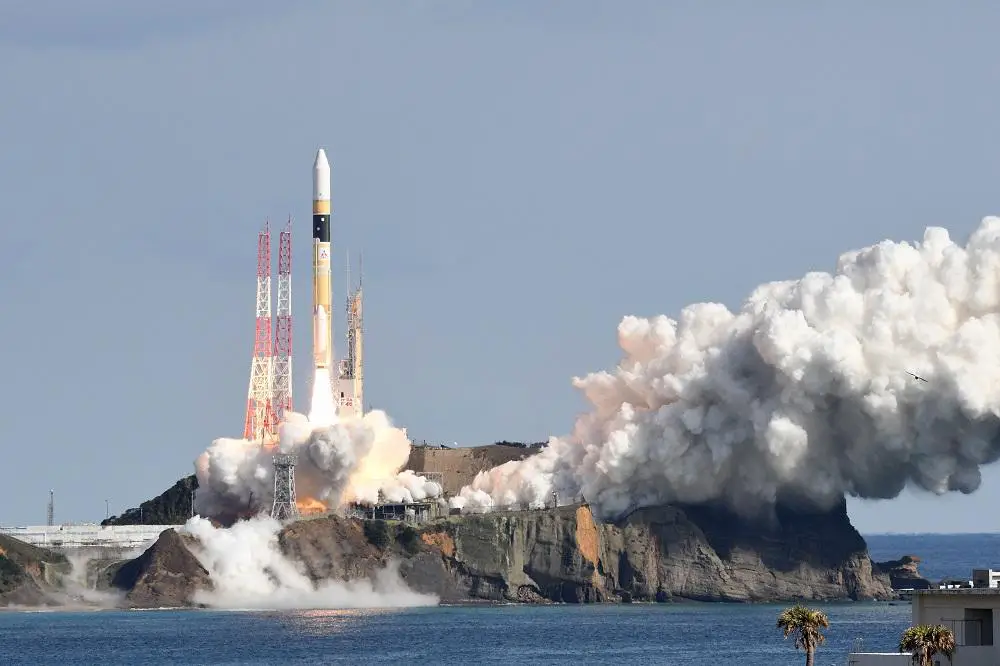Japan successfully launched Thursday a rocket carrying a government intelligence-gathering radar satellite to improve disaster response and monitor developments at North Korean military sites. The radar satellite can capture images on the ground at night, as well as at times when there are severe weather conditions. It can be used to relay data in the event of a natural disaster, according to the Cabinet Satellite Intelligence Center, which tasked Mitsubishi Heavy with the launch.
The No. 46 H2A rocket, operated by Mitsubishi Heavy Industries Ltd lifted off from the Tanegashima Space Center at 10:50 a.m. in the southwestern prefecture of Kagoshima following a one-day delay due to poor weather. The satellite entered its planned orbit. Thursday’s H2A rocket launch was the 40th straight successful blast since the No. 7 H2A rocket in 2005. The latest radar satellite cost 51.2 billion yen to develop and 11.4 billion yen to be launched, according to the Cabinet Satellite Intelligence Center.

H-2A (H-IIA) is an active expendable launch system operated by Mitsubishi Heavy Industries (MHI) for the Japan Aerospace Exploration Agency. These liquid fuel rockets have been used to launch satellites into geostationary orbit; lunar orbiting spacecraft. The liquid-fuel H2A rocket measures 53 meters in length and has a 4-meter diameter.Production and management of the H-IIA shifted from JAXA to MHI on 1 April 2007. The H-IIA is a derivative of the earlier H-II rocket, substantially redesigned to improve reliability and minimize costs.
There have been four variants, with two in active service (as of 2023) for various purposes. A rocket with increased launch capabilities, H-IIB, is a derivative of the H-IIA family. H-IIB uses two LE-7A engines in its first stage, as opposed to one in H-IIA. The first H-IIB was successfully launched on 10 September 2009. On Feb 13, Mitsubishi Heavy is scheduled to launch for the first time its new flagship H3 rocket, jointly developed with the Japan Aerospace Exploration Agency. The rocket is the successor to the H2A rocket.















